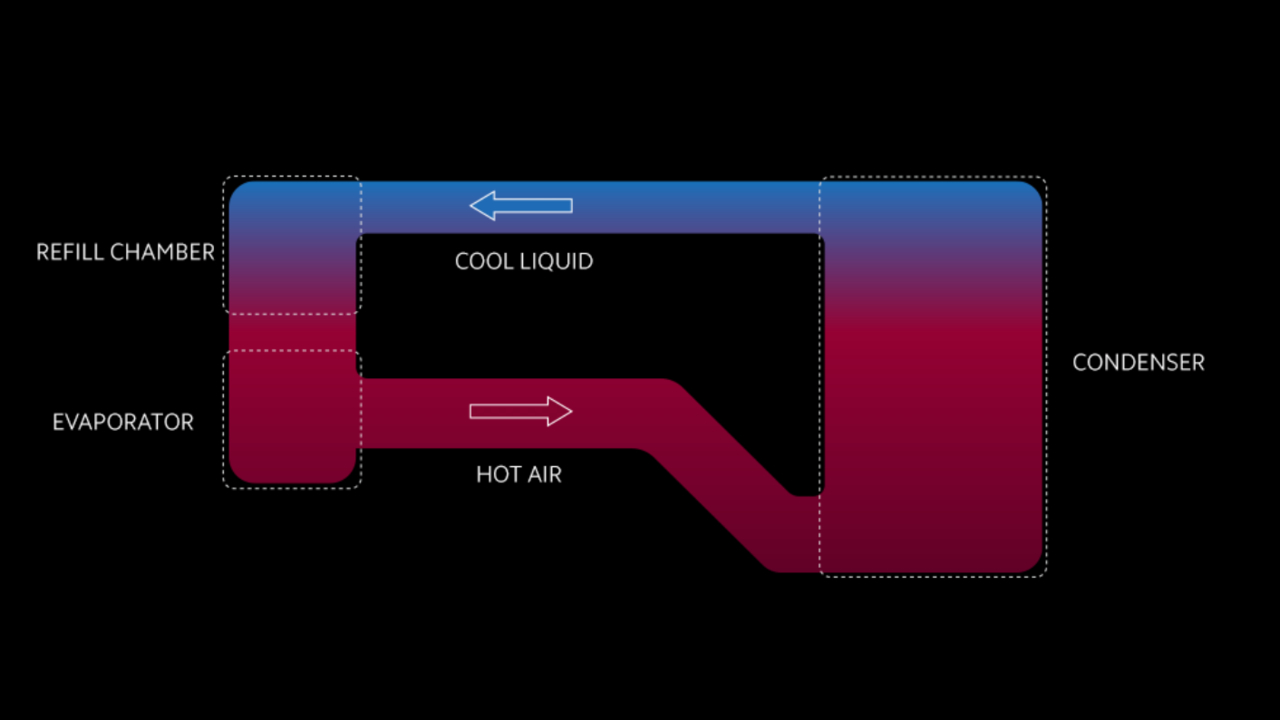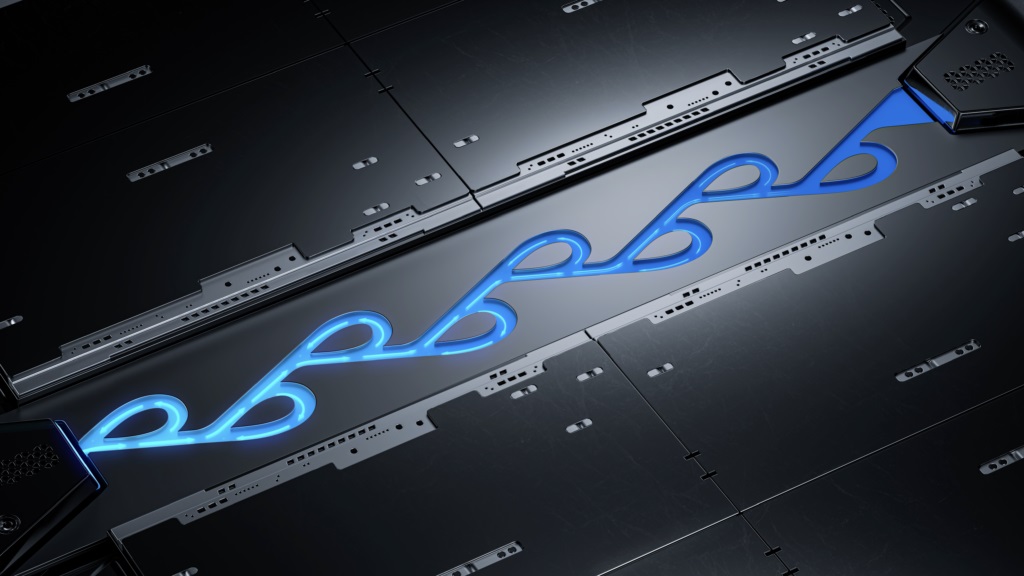Smartphone users often complain about device heating issues which result in the phone becoming inoperable. This heat is normally generated when the phone is used for multi-tasking, playing graphic-intensive games for extended periods, running resource-hungry apps that make the CPU run at its max or even during fast charging or discharging of the battery among other reasons.
Phone makers go at length to ensure that the performance of phones is not impacted by this issue and often it is a highlight feature that gets a slide or two during the launch events.
Xiaomi has today announced that its R&D team has been able to come up with a solution called “Loop LiquidCool Technology” that is twice as effective as the current heat dissipation solutions. According to an official blog post, the company says that this innovation was inspired by the Aerospace industry and says that its phones starting the second half of 2022 will come equipped with this piece of tech.
- Phone overheating? Here's how to keep your smartphone cool on a hot day
- Best Android phones 2021: which Google-powered phone should you buy?
Loop LiquidCool Technology
According to Xiaomi, conventional heat dissipation chambers may allow heat to move backwards which means that the heat source may not cool down effectively and quickly. This can cause overheating which adversely impacts the performance of the CPU as well as the lifespan of the phone’s battery.


The company claims that the use of a Tesla Valve system forces unidirectional circulation of the refrigerant. This ensures that the hot vapours pass through the condenser which converts the gas into a liquid and refills the chamber with refrigerant. As a result, the heat source will only meet comparatively cooler refrigerants thus keeping the temperatures in check.
In the video attached above, Xiaomi has shown how the use of Loop LiquidCool Technology has created a difference of almost 5-degrees on a Snapdragon 888 powered Mi Mix 4 smartphone.
How critical is heat dissipation for phones?
Heat dissipation is now an integral part of smartphones – especially since these gadgets have maintained a slim profile for better ergonomics without compromising on specs and battery size. Having vents for air-circulation means that the device may be slightly thicker and a bit more fragile. This may also mean compromising on water and dust resistance.
Apart from resource-hungry tasks and playing graphics hungry games, fast charging and improper software optimization - extremely powerful CPUs under the hood may also generate excessive overheating. This forces brands to throttle CPU performance thus negatively impacting user experience.
This is where an effective heat dissipation mechanism comes into play. Not only does it keep the temperatures under control but also helps manufacturers design attractive looking phones. However, only real-world performance will tell how effective Xiaomi’s innovation is.
- Best gifting ideas for family and friends for Diwali week
- This Diwali, convert your house into Smart Home
Follow TechRadar India on Twitter, Facebook and Instagram for the latest updates.
No comments:
Post a Comment